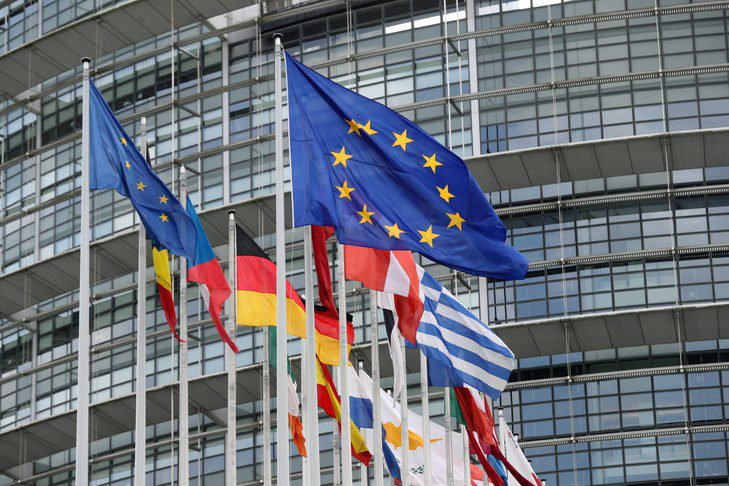The Commission has launched this initiative aiming for a comprehensive review of the securitization framework, including non-prudential elements (such as transparency, due diligence, etc.) and prudential requirements. It should be noted that securitization in Europe, which represented 2,000 billion in 2008, has been reduced to 1,200 billion in 2023, while in the US, current outstandings (13,700 billion in 2021) have exceeded 11,300 billion of 2008.
Unlike the previous consultation, in which contributors had to answer a series of specific questions, contributions were free within a 4,000-character limit. In its response, AFG reiterated the 4 main challenges for securitization to develop in Europe, and thus enable better financing of European companies:
- Easing prudential requirements: The capital requirements imposed on banks and institutional investors appear to be too high in relation to actual risks. AFG recommends revising the rules to avoid discouraging investor participation and make securitization more competitive.
- Simplify regulatory constraints: Capital charges under Solvency II discourage investment in securitization products. Greater equivalence between securitization and other forms of investment and the elimination of redundant due diligence controls, would boost the market.
- Encourage cross-border securitization: Regulatory differences between member states are holding back the development of securitization in Europe. Harmonization of legal frameworks on the transferability of loans is essential to create a more integrated market.
- Supporting sustainable finance and SMEs: AFG recommends better integration of securitizations within the framework of sustainable finance (EU Green Bond regulation, SFDR) and more flexible criteria for SMEs. This would increase their access to financial markets and support the green transition.
Thanks to these targeted adjustments, securitization could play a key role in financing the European economy, promoting investment, innovation and the EU’s financial sovereignty.



